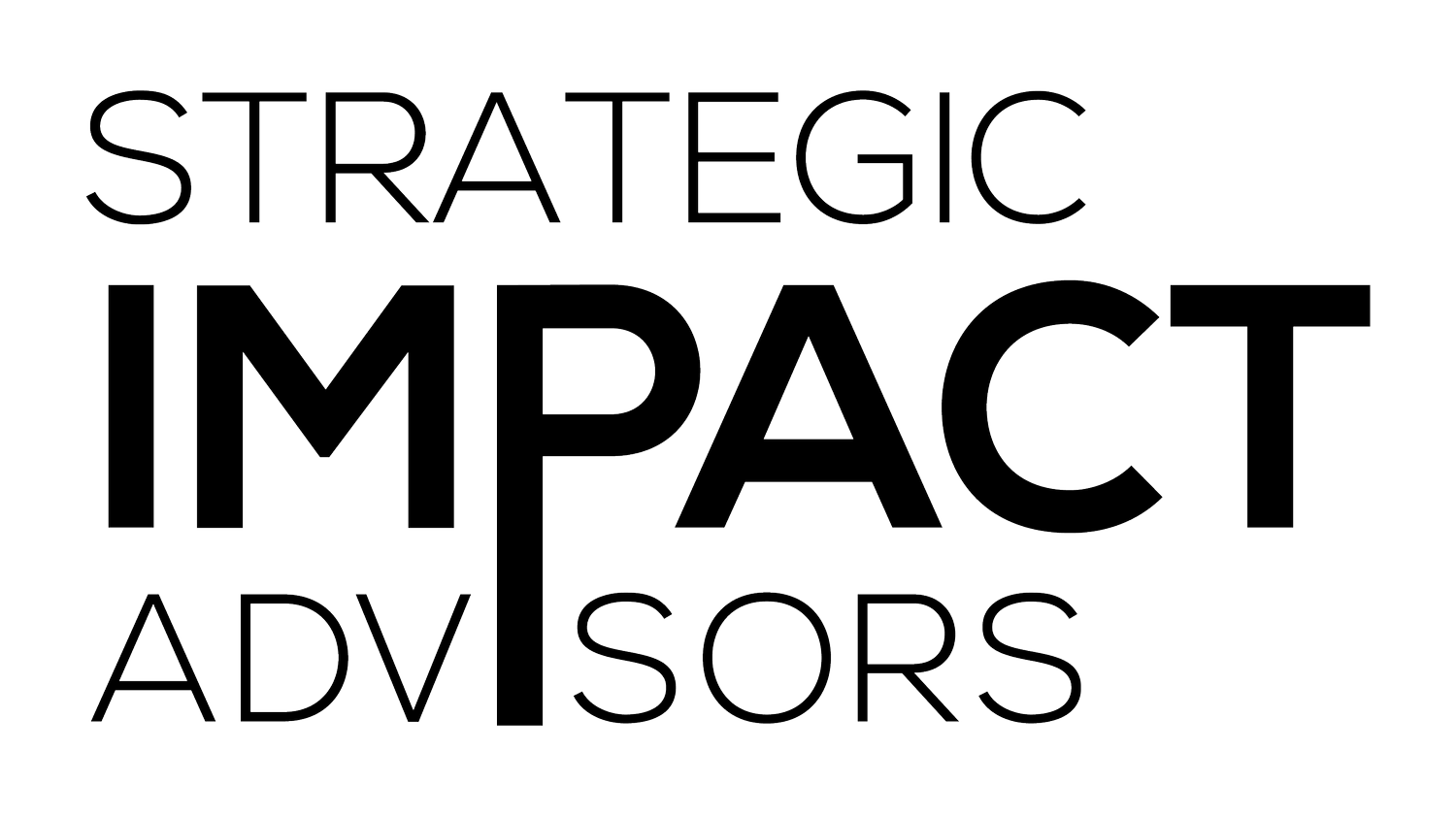Making mobile phones affordable in Malawi
I have never bought my smartphone outright. It has never even been a question that I wouldn’t use the option of paying for it monthly over time (two years, usually). Yet, due to the prepaid airtime models that dominate most emerging markets, there are typically no formal contracting mechanisms that provide the guarantees needed for extended payment plans. Furthermore, the cost of even a basic mobile phone is extremely high for many people — especially rural smallholder farmer households.
Let’s do some quick math. If a household is living on $4.00 a day, a $10 mobile phone represents 7% of their annual living costs. Now take 7% of your own income and think about how much your phone would be. Would you be willing to pay that price without an extended payment plan?
Mobile phones — even the most basic handsets that allow you to make calls, send texts, access USSD menus, and play the timeless classic “Snake” — are most people’s gateway to the digital world. There is now so much an individual can access by just having a phone with a correctly registered SIM card (i.e. in their name) and mobile network coverage where they live.
Cell phone ownership is by no means universal around the world, so it is crucial we find ways to make phones more affordable. In our line of work — digital development — we are pretty much out of luck if the populations we are trying to reach don’t have access to a phone.
This happened to be the case for around half of the 1,000 smallholder farmers participating in our rural stimulation campaign in Malawi over the last three months — 60% of them women. The rural stimulation campaign is a three-wave training for smallholder farmers meant to expand their understanding of the use cases of a mobile money wallet. The primary goal of these trainings is to help farmers, and the digital financial services ecosystem stakeholders around them, understand the conveniences and value-added services that come with using mobile money for purposes beyond receiving funds and immediately cashing them out. At the onset of the campaign, we discovered that many of our participants did not have their own phone, which made the training less relevant for them.
The latest Mobile Gender Gap Report from GSMA identifies affordability as the largest barrier to mobile ownership around the world, for both men and women. The same report also provides a recommendation to mobile network operators to defray the one-off costs associated with mobile handsets through installment plan payments. We decided to give this recommendation a try with our program partners, TNM, the mobile network operator, and two local farmer-based organizations that were supporting the facilitation of our trainings.
TNM procured 325 iTel phones for this program, which cost MWK 8,200 (around 11 USD) per handset. Due to COVID-19, there was some delay with the shipment of phones, but they eventually arrived and were ready for distribution. TNM is offering a payment plan for these phones that spreads payment out over three equal monthly installments. These payments are collected by lead farmers who work closely with the people that purchased the phones. The lead farmers then deposit funds with the farmer-based organization for repayment to TNM. At the initial distribution of the mobile phones, farmers were expected to make the initial installment payment and register their SIM card. To date, all 325 phones have been sold through this installment plan method, helping increase the number of farmers we trained that own their own mobile phone by 25%.
We are currently in the second month of implementation, and TNM has received 35% of the total outstanding funds for the phones. This is slightly behind schedule, as there were initial issues around the method of repayment between the farmer-based organizations and TNM.
Despite the delay, the scheme has still been considered a success, and TNM plans to expand this model with other farmers who are part members of the two farmer-based organizations we are working with.
This model can work in many other countries and contexts as well — not just for farmers in rural Malawi. The two key ingredients are a mobile network operator willing to front the initial costs of the handsets and a trusted local partner that has strong relationships with the individuals purchasing phones through the installment plans. Digital development activities can bring much more impact to populations that have strong mobile phone ownership, so organizations that intend to work through digital channels should consider this type of scheme to get mobile phones in the hands of everyone they work with.
